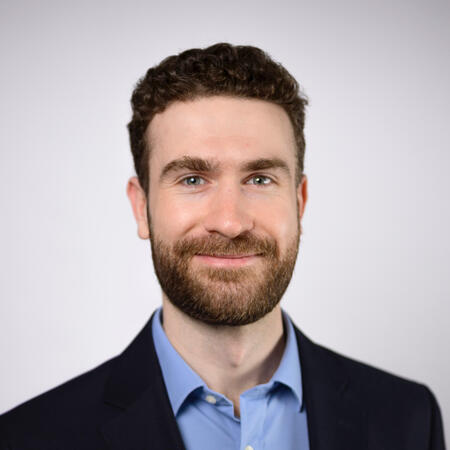
Haluk Akay
Haluk Akay is an assistant professor of mechanical engineering at TU Delft in The Netherlands. He holds a PhD and MSc from MIT and a BSc from Carnegie Mellon University.

Haluk Akay is an assistant professor of mechanical engineering at TU Delft in The Netherlands. He holds a PhD and MSc from MIT and a BSc from Carnegie Mellon University.